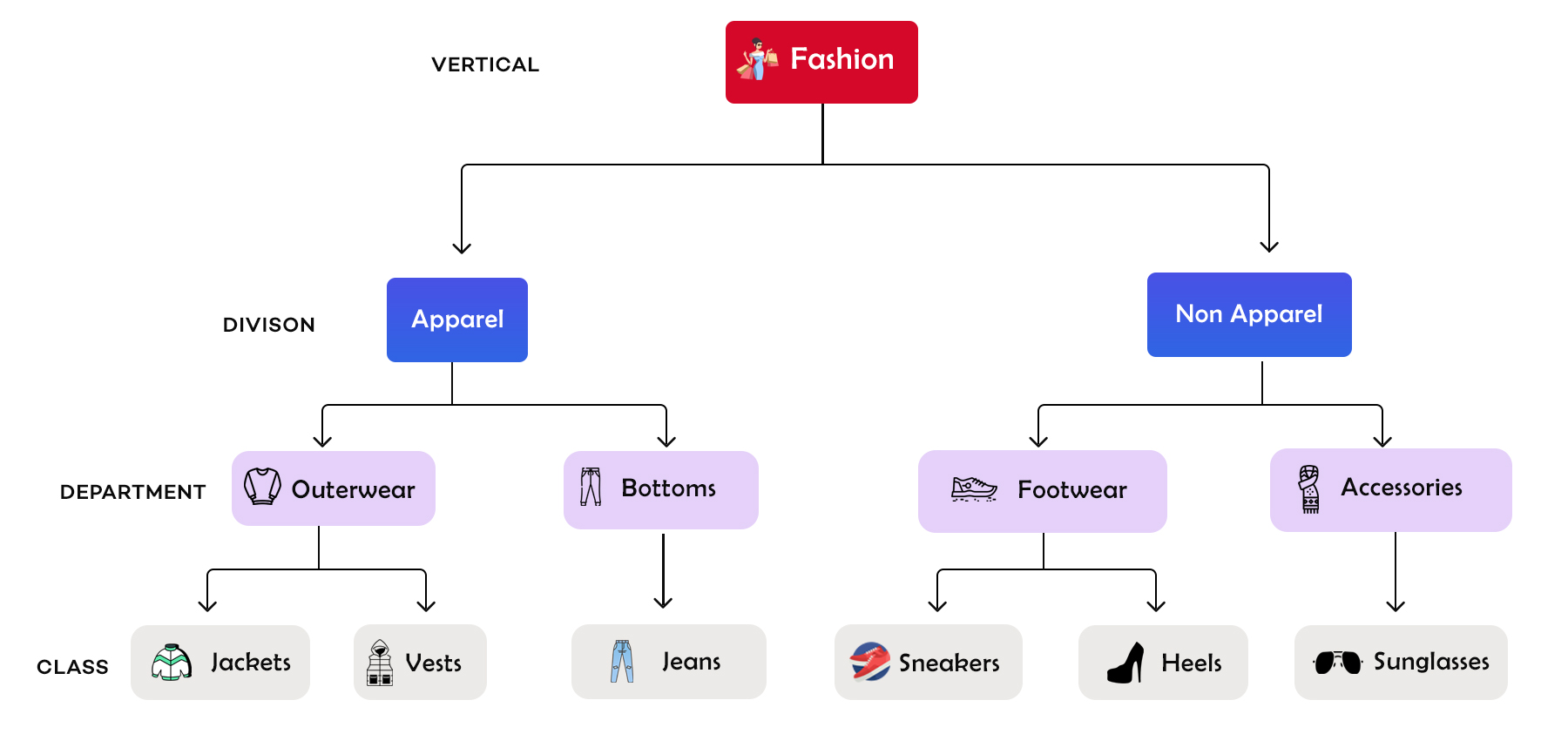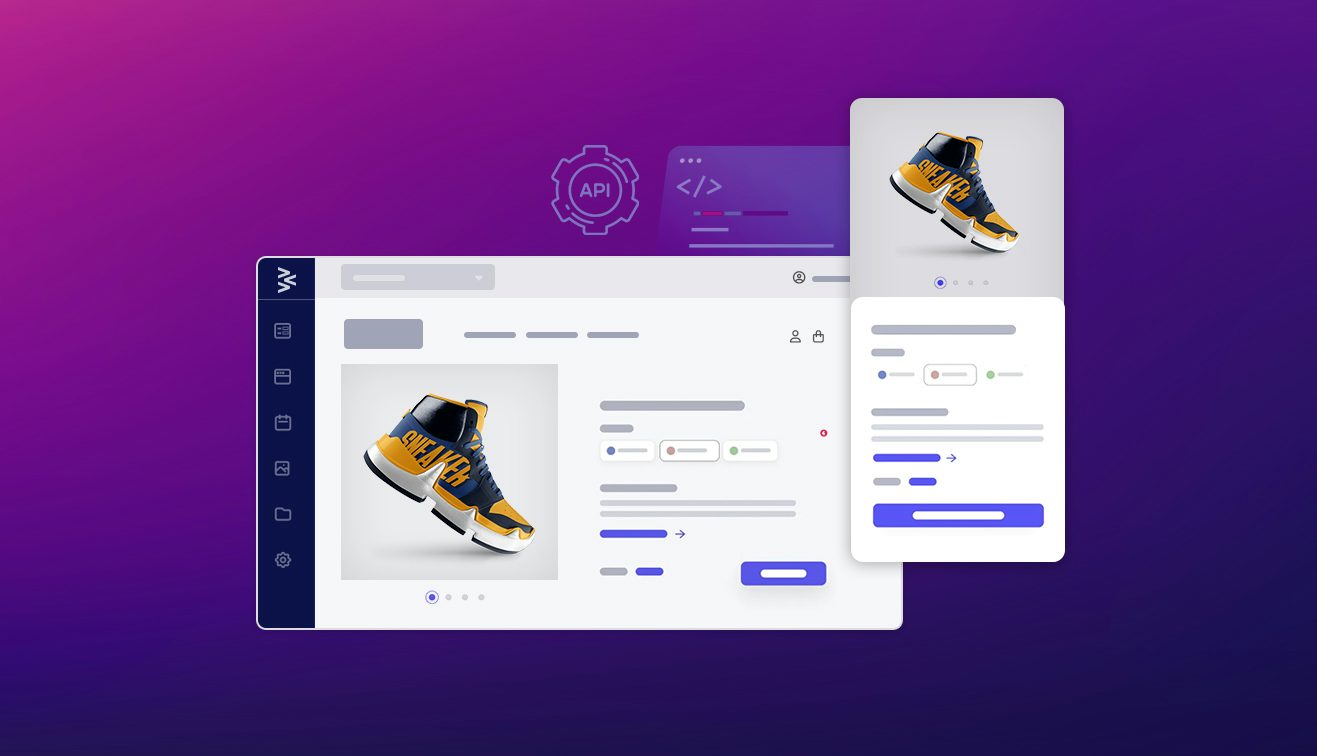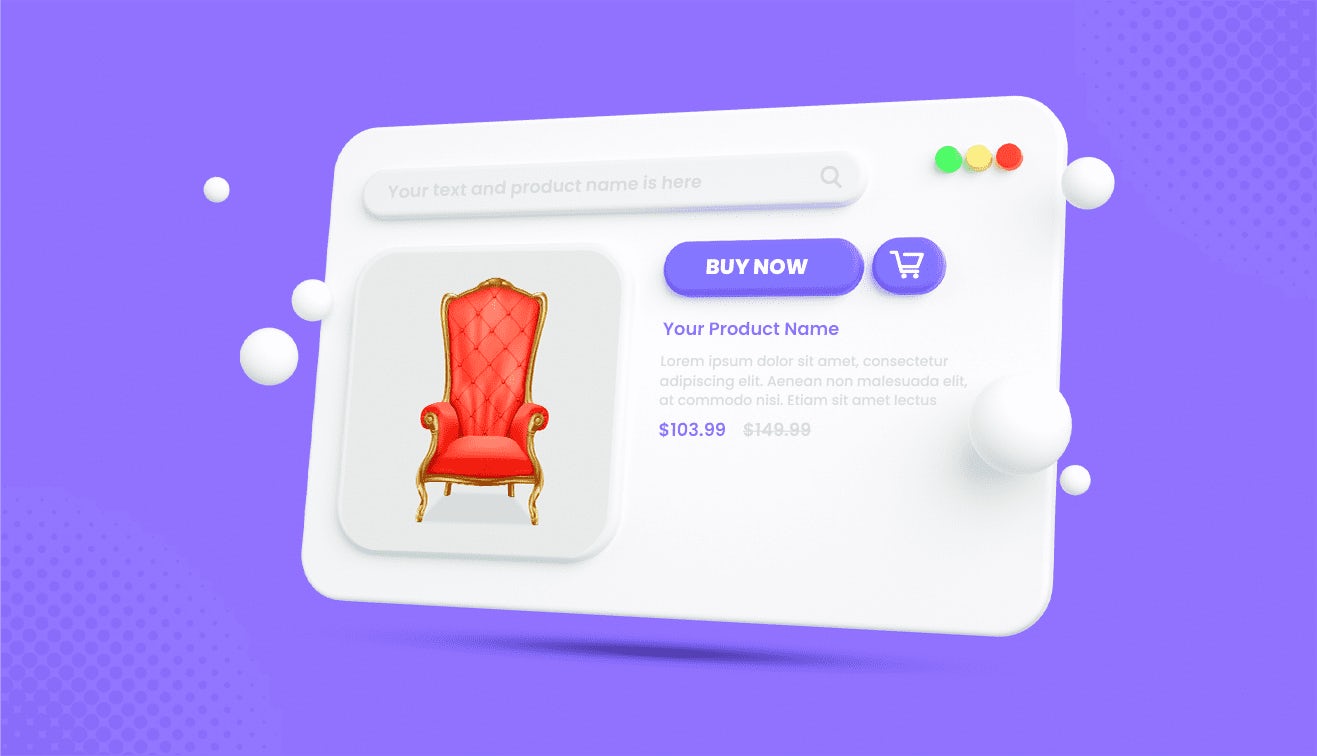In today's eCommerce, millennials have established a profound link with online shopping, extending beyond non-essential items to everyday necessities such as groceries, food, and clothing. The expectation is for online shopping experiences to mirror the satisfaction derived from in-person retail transactions. Thus, retailers are responsible for providing customers with a seamless and comparable shopping encounter. Swift and effortless product discovery is a priority for consumers, and implementing effective product taxonomy plays a crucial role in meeting this demand.
What is Product Taxonomy?
Product taxonomy originated from Greek, and the word "taxis" means organization or arrangement. Product taxonomy involves arranging or categorizing your products by type to enhance user navigation within your product catalog. It serves as a method for structuring all items on your e-commerce platform. An effective product taxonomy ensures users can locate their desired product with minimal clicks, streamlining the search process.
Why is Product Taxonomy Important?
When we talk about e-commerce or online retail, product taxonomy plays a crucial role such as:
Enhanced User Experience: If you are handling hundreds and thousands of products and various listing it should be well-categorized. Overcategorize may lead a bad user experience, and this may lead to losing up your customers.
According to Forrester research report, it has been analysed that ecommerce sites sell 50% less when they have a poor taxonomy structure.
When your website is well organized, it becomes easier to navigate and helps customers browse their products easily. This helps them to save time and make better purchase decisions. Locating the products becomes easy, and it enhances their shopping experience.
Improved SEO: SEO itself says "search engine optimization", which means that if you are handling hundreds and thousands of products, it needs to be well-optimized to gain better visibility and presence in search engines. If your products are not well-categorized or it provides duplicate result, it may hinder page ranking. Product Taxonomy helps organize your products based on their respective categories, helps optimize your pages, and much more.
Better Product Organization: Product taxonomy helps in product categorization and grouping. Whenever you scale your products or you have diverse range of products, it needs to be well-categorized, to ensure better navigation for your users.
Consistent Information Architecture: Through product taxonomy, you can create a consistent information architecture across the websites, that helps your customers to understand the structure of your website and makes it easy to locate products.
Better ROI: Lack of proper product classification leads to visitor disengagement on a website. Visitors fall into two categories: browsers and searchers. Browsers benefit from flexible searches, while searchers seek specific items and alternatives. A well-structured taxonomy not only organizes products but also presents related alternatives, preventing lost sales due to unavailability and boosting conversions.
Challenges With Product Taxonomy
In addition to conforming to the product taxonomy rules of different sales platforms, here are some key challenges associated while integrating product taxonomy:
- When you introduce new products, categories, and catalogs, implementing and adapting to accommodate these changes becomes challenging for retailers.
- There are customers having different perspectives and may search the same products with different varied terms or languages. In this scenario, integrating a taxonomy that fits in with diverse range of languages and geographic region could be bit difficult.
- The effectiveness of the tool used for overseeing the company's product taxonomy becomes evident when addressing the complexities of managing duplicate categories. Utilizing a Product Information Management system simplifies the identification of redundant categories. The governance features of a PIM system enable proactive checks for potential duplicate categories during the creation process.
- Sometimes it becomes confusing to decide whether the certain features are related to category or attribute. Also, it creates confusion between categories and subcategories.
Best Practices for Product Taxonomy
Here are some best practices for successfully integrating product taxonomy:
Prioritize Customer Centric Approach
You must keep customer-centric approach as taxonomy. You should know about your products, what you are actually selling, what makes the users click, and why they choose your brand.
Gathering information is crucial, and there are various methods to achieve this. Engage with your customers through conversations, observe their real-time behavior, conduct user experience testing, analyze shopper motivations, and keep an eye on competitor trends. It's essential to remember that if customers struggle to find what they need, they are likely to exit the page. Without this foundational knowledge, your taxonomies won't fulfill their intended purpose.
Gain Better Product Understanding
The significance of customer interactions often hits many retail brands. Acquiring this level of customer intelligence is a gradual process, demanding continuous research, testing, and insights. The key to success in e-commerce lies in understanding your products and the connections they form with your customers. To establish this understanding, address the following questions before delving into your taxonomy:
- What aspects of your product offering resonate with and excite your customers?
- How can you incorporate these unique features into your taxonomy structure for effective communication?
- What language do customers commonly use when searching for products on your website?
- How do customers navigate through your existing attributes?
If these questions pose a challenge, dedicate more time to studying your customers for comprehensive insights and gain a better understanding.
Segment your Audience via Language and Location
Search habits vary based on demographics, psychographics, and geographical location. Customer online search behavior is influenced by various factors, often diverging from retailer's assumptions about their interactions with the brand.
To address this, it is recommended to segment your audiences among the mentioned groups. This becomes particularly crucial for implementing seasonal taxonomies on a multinational website, ensuring that the displayed content aligns closely with each customer's profile to meet their specific needs. Apart from this, another valuable tip is to align your narrative with the language your customers use. This approach minimizes the risk of creating overly complex or extensive taxonomies that may not resonate with their preferences.
Keep SEO in Priority
To run a successful ecommerce website, it is crucial to play well with SEO. Whether you are crafting detailed product descriptions or structuring taxonomies, on-page optimization is essential. Feed your web pages with high-volume keywords, phrases, or tags into your product content to enhance your website's visibility in search engines. This strategic approach not only boosts your online presence but also opens multiple opportunities for increased sales.
To initiate this process, create a comprehensive report on your best-performing landing pages, blogs, or products page. Compare these results with your keyword research tool to identify common ground or relevant themes. Implement these findings into image alternative text, meta content, and URLs, and consistently monitor their impact. You must keep a note to avoid keyword stuffing to prevent Google penalties and downfall in ranking.
Keep Space for Flexibility in Content
Taxonomies are not fixed entities; they require ongoing adjustments and can be fine-tuned as and when needed. Flexibility is crucial, especially when introducing new products or considering future changes. If your taxonomy structure is extensive, a prudent approach is to implement it gradually, enabling testing and analysis of each stage before full implementation. The same principle applies to incomplete taxonomies, as it is important to avoid directing customers to categories with insufficient or no content. This ensures a seamless and meaningful browsing experience for your users.
Keep Implementation & Testing in Process
The motivation behind constructing a taxonomy should revolve around the consumer, emphasizing the incorporation of a human element into their interaction with your brand. The outcome, potentially leading to increased traffic and sales, is achievable only through rigorous testing and refinement of the process.
Although it may sound straightforward, your structure must be functional, user-friendly, personal, and aligned with Google's Best Practice Guidelines. While your creation may seem promising theoretically, its impact will be determined once subjected to on-site behavior testing.
Here is an example: If a customer encounters challenges on a product page, these issues will manifest in conversion, exit, and bounce rates. Identifying and addressing these issues through careful observation and subsequent adjustments are essential in refining your taxonomy for optimal performance.
Keep a Record of Data
While documenting product taxonomy interactions, manage and govern the collected data. You will encounter noteworthy actions, some of which may surprise employees within your organization based on their perspectives as time passes. This acquired knowledge serves as a robust foundation for enhancement. Regularly reviewing this process brings you closer to achieving excellence in customer experience.
Discover the results across all Touchpoints
Once you've established a structure that shows positive engagement, implement it consistently across all digital touchpoints. This ensures that internal teams responsible for managing product information or disseminating content across various marketplaces and sales channels share a common understanding of the language to be employed. Maintain uniformity wherever your business is present. Customers perceive a brand holistically, considering its social platforms and sales channels in unison. Alignment across all these aspects is crucial for a cohesive and effective brand image.
Final Talk
Even with taxonomies appearing as straightforward, logical concepts, their correct implementation can be challenging. In this scenario, PIM is important in gathering and centralizing all your taxonomy components in one source. Utilizing PIM software, with its automated product taxonomy mapping capabilities, proves invaluable in streamlining the taxonomy preparation process for your products. PIM simplifies and accelerates the time required to bring your products to market through effective automation.
FAQs
Q. What is product management taxonomy?
A. Product management taxonomy explains the structure and relationship between the different capabilities that are in your business. It shows the products that can be sold, it shows us the team members that are responsible for managing different activities in a business.
Q. Is it possible to automate the process of creating and managing my products taxonomy?
A. Yes, it is possible to automate the process of creating and managing all your product categories through PIM that has in-built features of taxonomy management.
Q. Why is product taxonomy important for eCommerce business?
A. Product taxonomy is important for eCommerce business as it helps in organizing and categorizing all the products for customers to ensure seamless navigation and provide them better shopping experience.













































































.jpg?w=3840&q=75)


.png?w=3840&q=75)











.jpg?w=3840&q=75)

